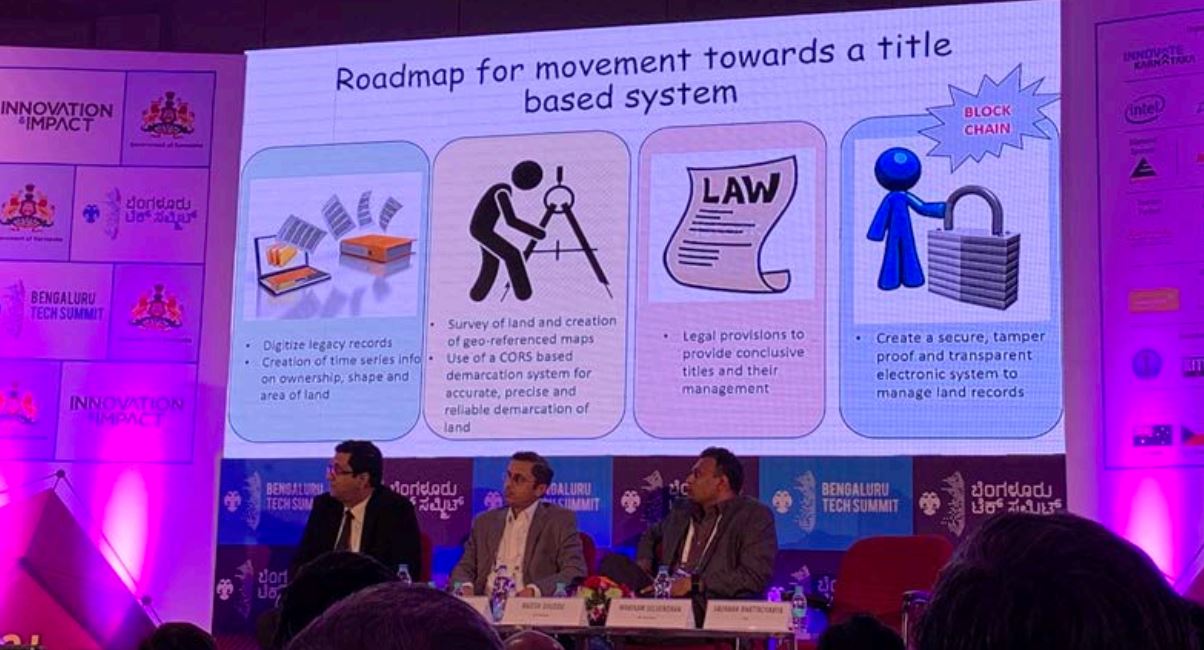
Web Developers
The Coresight Research team attended the second day of the Bengaluru Tech Summit in Bengaluru on November 30. This was the 21stedition of the flagship event of the Department of Information Technology, Government of Karnataka (Bengaluru is Karnataka State’s capital city).
While the discussions and keynote presentations on the first day focused on cybersecurity, artificial intelligence and data, the second day’s talks centered on blockchain, agriculture and healthcare technology, entertainment, and using technology to build digitally inclusive communities. Below are our top takeaways from the second day of the event.

Selvendran noted that while this is an ideal scenario for India to work toward, several challenges exist that complicate implementation. First, the government needs to decide what type of blockchain to use: a permissioned blockchain (which requires users to obtain permission in order to view information on the blockchain) or a nonpermissioned one. The government also needs to consider the digital literacy of users and whether the technology and system can be simple enough for a person who is not technologically literate to use. The party that hosts the data (whether it be the government itself or a third-party provider) and subsequently controls it is another aspect authorities must consider before India can seamlessly implement a digitized, blockchain-based land record system.
Panel: Beyond Blockchain—Solutions in Governance
Sreeram Ananthasayanam, Partner of Government and Public Services at audit and advisory firm PwC, moderated a panel discussion on blockchain technology. He gave a brief explanation of blockchain and remarked that adoption of the technology has progressed beyond fintech to include the supply chain, logistics and health care industries and even government agencies that wish to streamline processes. Ananthasayanam said that the key challenges in adopting blockchain technology are that users have low confidence in the technology, there is regulatory uncertainty surrounding its use globally and there is an inability to bring the network together. He outlined a four-step process to help organizations overcome these challenges:- Blockchain providers need to make a business case for the technology and have a pragmatic conversation with businesses to help them find strategic clarity. This will help define problems clearly and identify relevant solutions.
- Providers should build an ecosystem focusing on a cooperative few who are willing to adopt the technology and build a network gradually.
- Technology providers and other stakeholders need to design deliberately, confronting risks early on in the implementation process and addressing concerns regarding privacy. Investing in data and processes will help providers build a robust architecture.
- Organizations and providers need to navigate regulatory uncertainty collectively by working with existing regulations and closely monitoring regulatory changes and announcements.

 Slide portraying the roadmap toward a digitized title and land record system
Source: Coresight Research
Slide portraying the roadmap toward a digitized title and land record system
Source: Coresight Research